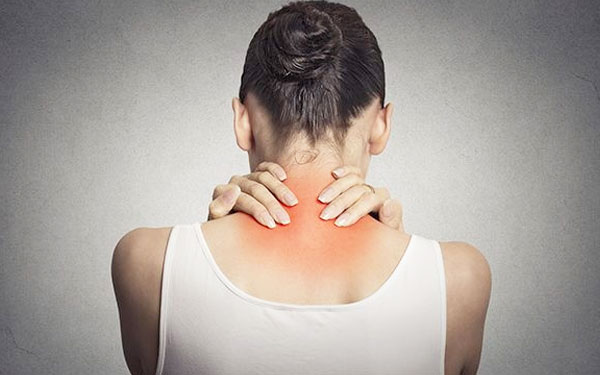Tags >> Causes Of De Quervain's Tenosynovitis, symptoms of De Quervain's Tenosynovitis,pain management in delhi, Pain Specialist In Delhi
What is De Quervain’s Tenosynovitis?
Tendons are like ropes which connect muscles to bones and are enclosed within a sheath (covering) that allows smooth movement. De Quervain’s Tenosynovitis is caused by painful irritation of the sheath of two tendons as they travel from the wrist towards the thumb. These tendons travel in close proximity to each other and are involved in thumb movements (such as bringing the thumb away from the hand as it lies flat in the plane of the palm). When their sheath becomes thickened or irritated, the tendons have less space for movement resulting in pain and other symptoms. Some experts attribute the degeneration of tendon and deposition of fibrous tissue as the cause for the condition.
What are the symptoms of De Quervain’s Tenosynovitis?
De Quervain’s tenosynovitis presents with
- Pain and swelling at the base of thumb, wrist
- Pain during thumb movements such as griping or pinching
- Sometimes a snapping/ sticking sensation may be felt with thumb movement

Image 1: Area of pain in De Quervain’s Tenosynovitis
What causes De Quervain’s Tenosynovitis?
This condition occurs most often between the ages of 30 -50 years. Quite often the cause is unknown although tendon sprain and overuse during repetitive movements can predispose to the development of this condition. Some of the risk factors include:
- Women, especially mothers with young infants are more likely to be affected due to a combination of overuse, hormonal changes and fluid retention. Improper lifting technique can specially predispose to the development of this condition and it is also addressed as Mothers Thumb.
- Professions or hobbies involving repetitive wrist or hand motions such as with musicians, dental hygienists, golfers, mountain bikers, typists, video game players. Other commonly used names used for the same condition include texting thumb, gamers’ thumb, washerwoman’s sprain and designer’s thumb.
How is De Quervain’s Tenosynovitis diagnosed?
A simple test used for diagnosis involves making a fist around the thumb placed in the palm on the affected side (Image 2). The patient is then asked to bend the wrist towards the little finger as shown in the image 3. If this makes your pain worse, then the test is considered positive

Image 2

Image 3
An ultrasound scan may help identify thickening of the tendons, increased fluid surrounding the tendons, increased blood flow, narrowing of the canal/ passage for tendons, anomalies in tendon slips and thus help confirm the diagnosis. MRI is useful for detecting mild disease where ultrasound in inconclusive. An x-ray of the wrist is sometimes requested to rule out other conditions with similar presentation.
How is De Quervain’s Tenosynovitis managed
The treatment option will vary depending on multiple factors such as the duration of symptoms, severity & impact on your daily activities, previous treatments and their results. It can be self-limited and may resolve without intervention. For most individuals non surgical treatment options suffice with very few requiring surgery. Treatment options include-
Rest. This includes avoidance of provoking activities and heavy work with the affected hand for several weeks. Rest provides an opportunity for the symptoms to settle. In mothers with young infants, changing the lifting technique and breast feeding position can make a difference.
Icing – Ice can help in reducing the pain and swelling. Avoid applying the ice directly to the skin. Ice can be wrapped in a towel and used for a few minutes (as tolerated), a few times in a day.
Splinting – The splint may be required to be worn for a few weeks. It works by restricting the movement of thumb thereby providing an opportunity for healing to occur. The combined use of splints and steroid injections has been found to be more effective than splinting alone.
Medications – Pain killers can provide temporary relief and may include anti-inflammatory medications. It is important to use these medications as directed by your doctor.
Physiotherapy– This involves a combination of stretching and strengthening exercises to improve the hand function. Exercises are best learned under supervision of an experienced therapist. Once you have learned the correct technique, you can continue with these at home. Exercises have been shown to improve the duration of pain relief when used in combination with steroid injection and splinting.
Steroid injections In case the pain does not settle, then your doctor may consider injections. Steroids are effective anti-inflammatory medicines and are commonly used treatment modality with near complete relief with one or two injections.
Sometimes septae (partitions) may be present in the intended injection compartment. Using ultrasound can help not only in verifying the diagnosis but also in visualizing these septae and accurately guiding the injection into the tendon compartments. There are studies highlighting the role of ultrasound in increasing injection accuracy and citing success rates of 91% after up to two injections.
Surgery– if the problem persists despite the above treatments then surgery can be considered.



